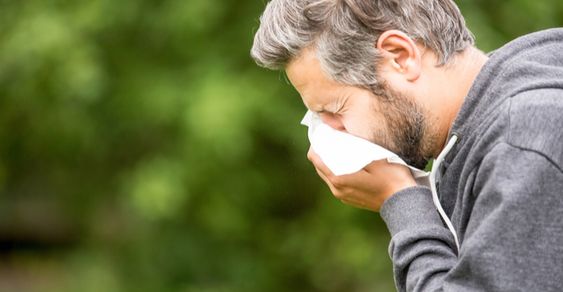Introduction:
Summer's warmth brings sunshine, outdoor activities, and unfortunately, allergy flare-ups for many. As temperatures rise, so do pollen counts, mold spores thrive in humidity, and insects become more active. All these factors can trigger a wave of discomfort for allergy sufferers, turning sunny days into sneezy, itchy ordeals.

Managing allergies during hot weather requires vigilance and proactive measures. This involves understanding your specific triggers, monitoring local pollen and mold counts, and making necessary adjustments to your home and lifestyle. This blog post will guide you through practical steps to minimize allergy symptoms and enjoy the summer season to the fullest.
Identifying Your Triggers
The first step in effective allergy management is knowing your enemy. Common summer allergy triggers include:
1. Pollen: Grass, weed, and tree pollen levels fluctuate throughout the year, with many peaking during the summer months.
2. Mold: Warm, humid weather creates ideal breeding grounds for mold, both indoors and outdoors.
3. Insect Stings: Increased outdoor activities heighten the risk of stings from bees, wasps, and other insects, which can trigger allergic reactions in some individuals.

.jpg)